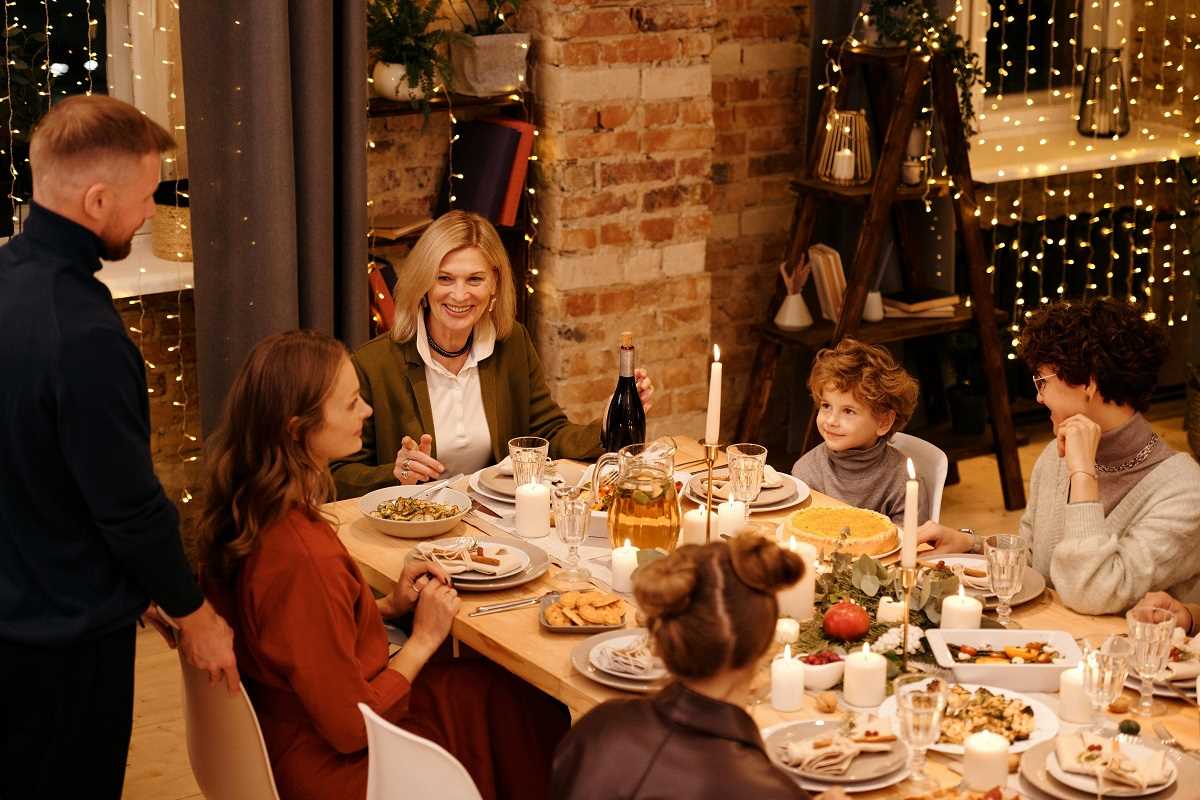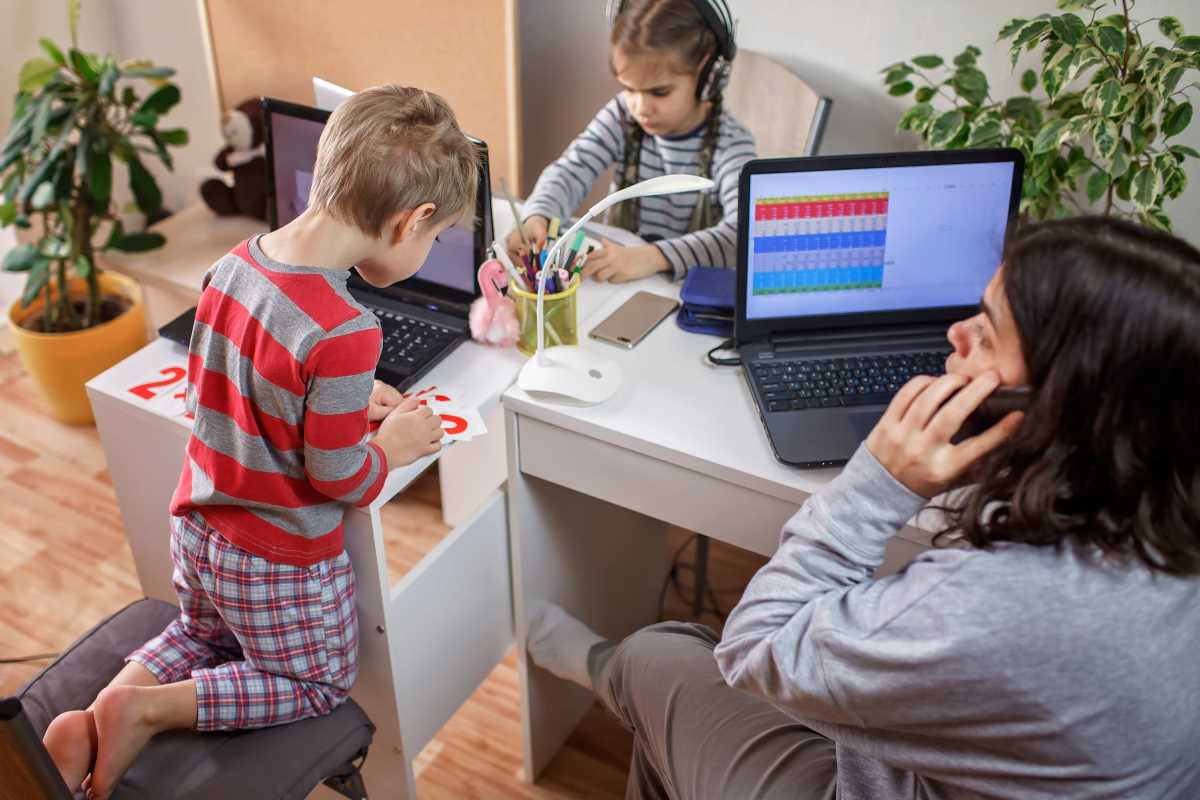Blending holiday celebrations in interfaith families brings warmth, joy, and the chance to celebrate a rich variety of cultural and religious traditions. At the same time, it presents complex challenges that require sensitivity and thoughtful planning. Families may find themselves navigating differing customs, beliefs, and expectations, which can lead to confusion or even conflict if not approached with care. However, this process also offers a special opportunity to cultivate understanding, build deeper family connections, and create new shared experiences. Rather than choosing one tradition over another, interfaith families can embrace the richness of both, weaving together rituals and values from each background. With a spirit of openness, creativity, and mutual respect, families can transform potential tensions into moments of connection. The beauty of these blended festivities lies in the ability to craft a unique tapestry of celebration—one that honors heritage while fostering unity, inclusion, and lasting memories for everyone involved.
Understanding Diverse Traditions
- Christmas: Christians around the world celebrate it to commemorate the birth of Jesus Christ with decorations, gift-giving, and festive meals.
- Hanukkah: Known as the Festival of Lights in Judaism, it involves lighting the menorah, playing dreidel, and enjoying traditional foods like latkes.
- Kwanzaa: An African-American celebration honoring heritage and culture, featuring the lighting of the kinara and discussing the Nguzo Saba principles.
- Diwali: The Hindu Festival of Lights, marked by fireworks, rangoli designs, and sharing sweets with family and friends.
- Thanksgiving: Primarily celebrated in the United States and Canada, it focuses on giving thanks with a meal that typically includes turkey and various side dishes.
Creating New Family Traditions
- Discuss and Decide Together: Gather as a family to talk about which traditions matter most to each member. This ensures everyone's voice is heard and respected.
- Mix and Match Elements: Combine aspects from different holidays to create a unique celebration. For example, you might blend the lighting of candles from Hanukkah with the gift-giving tradition of Christmas.
- Establish New Rituals: Introduce new activities that reflect your blended family's values and interests, such as a joint family game night or a community service project.
- Rotate Celebrations: Alternate which holiday takes the focus each year or celebrate multiple holidays with designated days for each tradition.
- Document Your Journey: Keep a family journal or create a photo album to capture the evolution of your blended traditions, creating lasting memories for future generations.
Communicating and Compromising
Effective communication serves as the cornerstone of successfully blending holiday traditions. Creating an environment where each family member feels comfortable expressing their preferences and concerns remains essential. Regular family meetings provide a platform for open discussions about which traditions to adopt, adapt, or set aside. Compromise plays a significant role, as one family's traditions rarely fully overlap with another’s. By finding middle ground, such as celebrating the core aspects of each tradition or integrating elements that hold personal significance, families ensure that everyone feels valued and included. It's also important to stay flexible and willing to adjust plans as needed, recognizing that the goal is to celebrate together harmoniously rather than adhering rigidly to specific practices.
Celebrating Together While Honoring Differences
Blending holidays in an interfaith family doesn't mean diluting individual beliefs; instead, it focuses on celebrating together while honoring each person's unique background. One effective approach involves designating separate spaces or times for different traditions, allowing each celebration to shine in its own right. For example, you might set up a Christmas tree alongside a Hanukkah menorah, ensuring that each symbol receives respect. Encouraging participation in each other's traditions builds mutual respect and understanding. Involving children in both celebrations helps them appreciate diversity from a young age. Connecting these celebrations through shared values, such as love, gratitude, and generosity, reinforces the common ground that unites the family. Engaging in interactive family learning groups can also provide structured ways to explore and celebrate each other's traditions together.
Tips for Inclusive Celebrations
- Create a Shared Calendar: Plan your holiday schedule in advance to accommodate all important dates and ensure that celebrations don't overlap or conflict.
- Respect Each Other's Practices: Acknowledge and honor the specific rituals and customs that hold significance for each family member.
- Involve Everyone in Planning: Encourage all family members to contribute ideas and take part in the preparation of celebrations to promote a sense of ownership and inclusivity.
- Educate and Share: Share the history and significance of each tradition with the whole family to build understanding and appreciation.
- Be Flexible and Open-Minded: Stay willing to adapt traditions as needed and be open to experimenting with new ways of celebrating together.
- Focus on Common Values: Highlight the universal themes of love, gratitude, and togetherness that underpin many holiday celebrations.
External Influences and Inspirations
Interfaith families often draw inspiration from a variety of external sources to enrich their holiday celebrations. Communities, cultural events, and media portrayals provide fresh ideas and perspectives on how to celebrate in meaningful ways. Engaging with stories and experiences shared by other interfaith families offers valuable insights and practical tips. Additionally, books, workshops, and online resources dedicated to interfaith living serve as guides for creating harmonious celebrations. By looking beyond their immediate environment, families discover new traditions and practices that resonate with them, allowing for a more enriched and diverse holiday experience.
Blending holiday celebrations in interfaith families is a creative journey rooted in love and mutual respect. With openness and shared intention, these celebrations can bring lasting joy and connection.
 (Image via
(Image via





